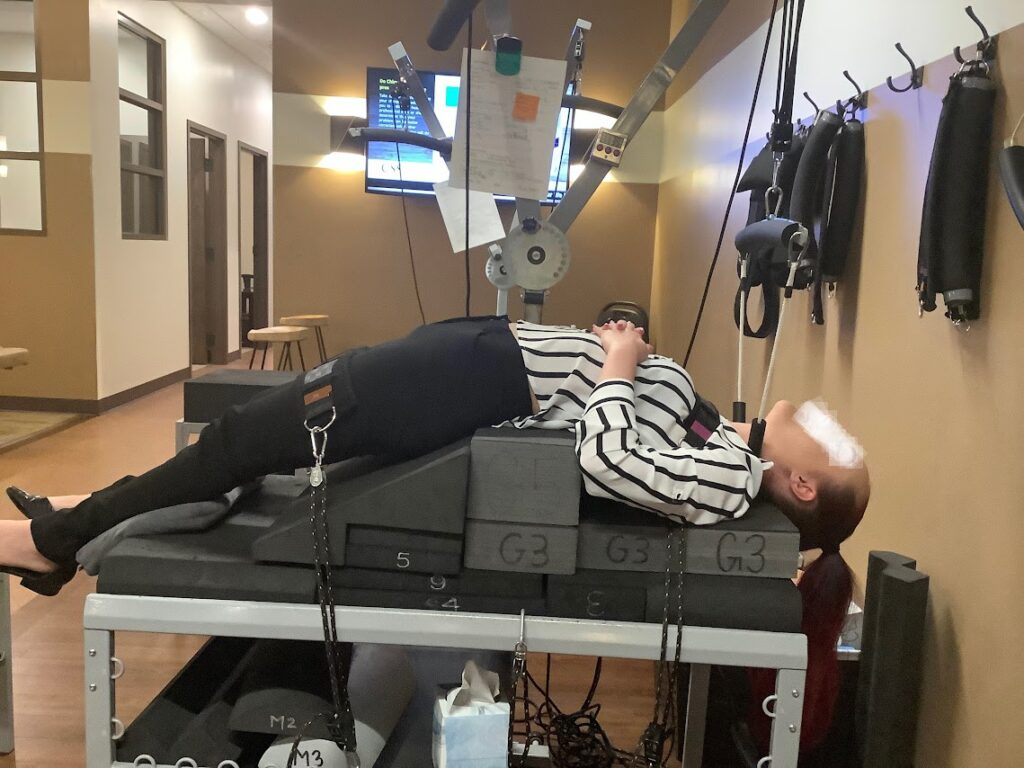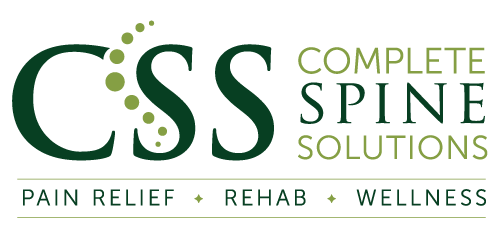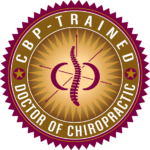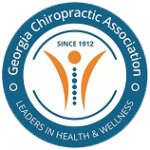
Sciatica affects up to 40% of adults, causing pain, numbness, and tingling from the lower back down the leg. This condition results from compression of the sciatic nerve, the body’s largest nerve, which runs from the lower back down both legs, controlling movement and sensation in the lower limbs.
Symptoms of Sciatic Nerve Conditions
Sciatic nerve conditions can manifest in several ways and can affect people differently. Here are some common symptoms associated with sciatic nerve issues:
- Burning Sensations: Persistent burning feeling radiating from the lower back down the leg
- Muscle Weakness: Reduced strength in the leg muscles, making it difficult to walk, stand, or climb stairs
- Numbness: Lack of sensation or a “dead” feeling in the leg or foot, making movement feel awkward or unstable
- Sharp or Shooting Pain: Intense, stabbing pain often described as an electric shock following the path of the sciatic nerve
- Tingling or “Pins and Needles” Sensations: Uncomfortable tingling or prickling feelings in the leg or foot
- Lower Back Pain: Primary symptoms often affect the leg, but the root cause typically lies in the lower back where the sciatic nerve is compressed
- Difficulty Moving or Controlling the Leg: In severe cases, individuals may find it hard to move or control their leg, affecting balance and coordination
- Pain that Worsens with Movement: Activities such as sitting, standing up, coughing, or sneezing can worsen the pain
- Cramping or Spasms: Sudden, involuntary muscle contractions in the leg or lower back, adding to the discomfort
- Loss of Reflexes: Diminished reflexes in the leg, which can be found through a medical examination
Finding these symptoms early can help in managing sciatica more effectively. If you experience any of these symptoms, consulting with a healthcare provider is important to decide the best course of action. Fortunately, there are sciatica stretches that may help alleviate this pain by reducing pressure on the nerve.
Knee to Chest Stretch

The knee-to-chest stretch helps to lengthen the lower back muscles and relieve pressure on the sciatic nerve. It’s a simple yet effective way to ease discomfort in the lower back.
How to Do It:
- Lie on your back with your knees bent and feet flat on the floor.
- Bring one knee up to your chest, keeping the other foot flat on the floor.
- Hold the stretch for 20-30 seconds, then switch legs.
- Repeat 3 times for each leg.
Seated Piriformis Stretch
If the piriformis muscle, found in the buttocks, becomes tight, it can irritate the sciatic nerve. Stretching this muscle can help alleviate sciatic pain and improve hip flexibility.
How to Do It:
- Sit on a chair with your feet flat on the ground.
- Place your right ankle on your left knee.
- Gently lean forward until you feel a stretch in your glutes and lower back.
- Hold for 20-30 seconds, then switch legs.
- Repeat 3 times for each leg.
Cobra Pose (Bhujangasana)
Cobra Pose is a yoga stretch that helps to open the lower back and relieve tension in the spine. This pose can be particularly beneficial for reducing sciatic pain and improving overall spinal health.
How to Do It:
- Lie face down on the floor with your hands under your shoulders.
- Slowly push your upper body off the ground, keeping your hips on the floor.
- Hold the pose for 10-20 seconds.
- Repeat 5 times.
Hamstring Stretch
Tight hamstrings can contribute to lower back pain and sciatic nerve tension. Stretching the hamstrings helps relieve this tension and improve leg flexibility.
How to Do It:
- Sit on the floor with your legs extended straight out in front of you.
- Reach forward towards your toes, keeping your back straight.
- Hold the stretch for 20-30 seconds.
- Repeat 3 times.
Figure Four Stretch
The figure-4 stretch is excellent for opening your hips and alleviating sciatic nerve pain. There are several variations of this stretch, but the following instructions are tailored specifically to target sciatic discomfort:
- Start by laying on your back with both knees bent.
- Cross your right foot over your left thigh and gently bring your legs towards your torso.
- Maintain the stretch for a few moments, then switch sides and repeat.
Remember to let gravity do the work. Avoid forcing the stretch; instead, allow your legs to naturally draw closer to your body, deepening the stretch over time.
Custom-Assisted Stretches at Complete Spine Solutions
While these basic sciatica stretches can provide relief, our custom-assisted stretches at Complete Spine Solutions offer a more comprehensive solution. They are tailored to each individual’s spine and specific needs. This personalized approach helps relieve sciatic pain not just in the short term but also in the long term by:
- Targeting Specific Areas: We focus on stretching the spinal ligaments holding the spine out of position, thereby reducing pressure on the sciatic nerve.
- Improving Spine Alignment: Our stretches help change the spine’s shape, promoting better alignment and reducing future sciatic pain.
- Providing Professional Assisted Stretching: Our experienced chiropractors ensure that each stretch is performed correctly and safely, maximizing its benefits.
If you’re struggling with sciatica, don’t suffer in silence. Try these basic sciatica stretches at home, and for a more targeted, long-term solution, schedule an appointment with us at Complete Spine Solutions. Our customized assisted stretches can help you find relief and get back to living pain-free.
Frequently Asked Questions About Sciatica Stretches
What is the sciatic nerve, and why does it cause pain?
The sciatic nerve is the largest nerve in the body, running from the lower back down both legs. Sciatica occurs when this nerve is compressed or irritated, causing pain, numbness, or tingling along its path.
Can sciatica go away on its own?
In some cases, sciatica may improve on its own with rest, stretching, and over-the-counter pain relievers. However, if the pain persists or worsens, it’s important to consult a healthcare provider for further evaluation and treatment.
Are these sciatica stretches safe for everyone?
These sciatica stretches are generally safe, but it’s important to perform them gently and avoid any movements that increase pain. If you have severe pain or underlying health conditions, consult with a healthcare professional before starting any stretching routine.
How often should I do these sciatica stretches to relieve sciatica pain?
For best results, try to incorporate these stretches into your daily routine. Consistency is key to relieving sciatic pain and improving flexibility over time.
Can stretching alone cure sciatica?
Stretching can help alleviate symptoms and improve mobility, but it may not cure sciatica entirely. Depending on the underlying cause, additional treatments such as physical therapy, chiropractic care, or medications may be necessary.
What should I do if the stretches increase my pain?
If any stretch increases your pain, stop immediately and consult a healthcare professional. They can assess your condition and suggest alternative treatments or modifications to the stretches.
How long does it take to see improvement from stretching?
Many people notice some relief within a few days of regular stretching, but it can take several weeks to see significant improvement. Patience and consistency are important when managing sciatica.
Can I continue other exercises while dealing with sciatica?
Yes, but it’s important to choose low-impact exercises that don’t aggravate your symptoms. Walking, swimming, and gentle yoga can be beneficial, but avoid activities that put strain on your lower back.
What are the benefits of custom-assisted stretches?
Custom-assisted stretches, like those offered at Complete Spine Solutions, target specific areas of tension and misalignment, providing more effective and lasting relief from sciatic pain compared to general stretching.
When should I seek professional help for sciatica?
If you experience severe pain, numbness, weakness, or if your symptoms persist despite home treatments, it’s important to seek professional help. Early intervention can prevent further complications and promote faster recovery.
If you’d like more tips on assisted stretching or these sciatica stretches, check out our other articles on this site. If you continue to struggle with effective stretching or have more specific questions, give us a call at Complete Spin Solutions (770) 938-4606 or schedule an appointment online. Contact us today or stop by the office; we’re located at 2347 Brockett Rd Tucker, GA 30084, across from Fresenius Kidney Care Tucker and North Atlanta Primary Care Tucker, and northwest of the Tucker Town Square Center shopping mall.
About the Author

Dr. David Shapiro, DC, CEO of Complete Spine Solutions
A graduate of Life University, School of Chiropractic 1993 (4600 postgraduate hours). Board certified licensed Doctor of Chiropractic. Passed 3 national board tests and the state of Georgia board examination. Also certified in therapeutic modalities.
Advanced Certified in Chiropractic BioPhysics, the most evidence-based technique in chiropractic. He’s been in private practice for over 25 years.



